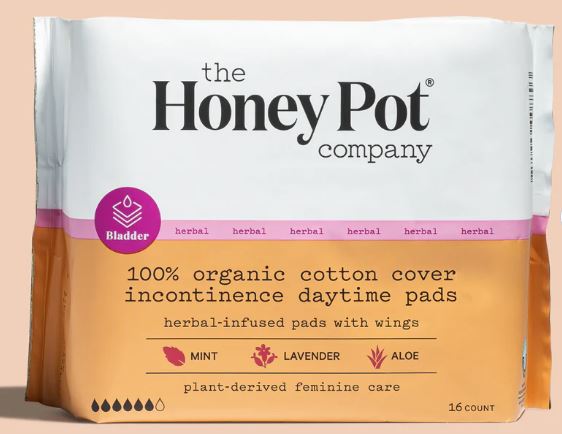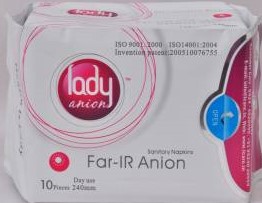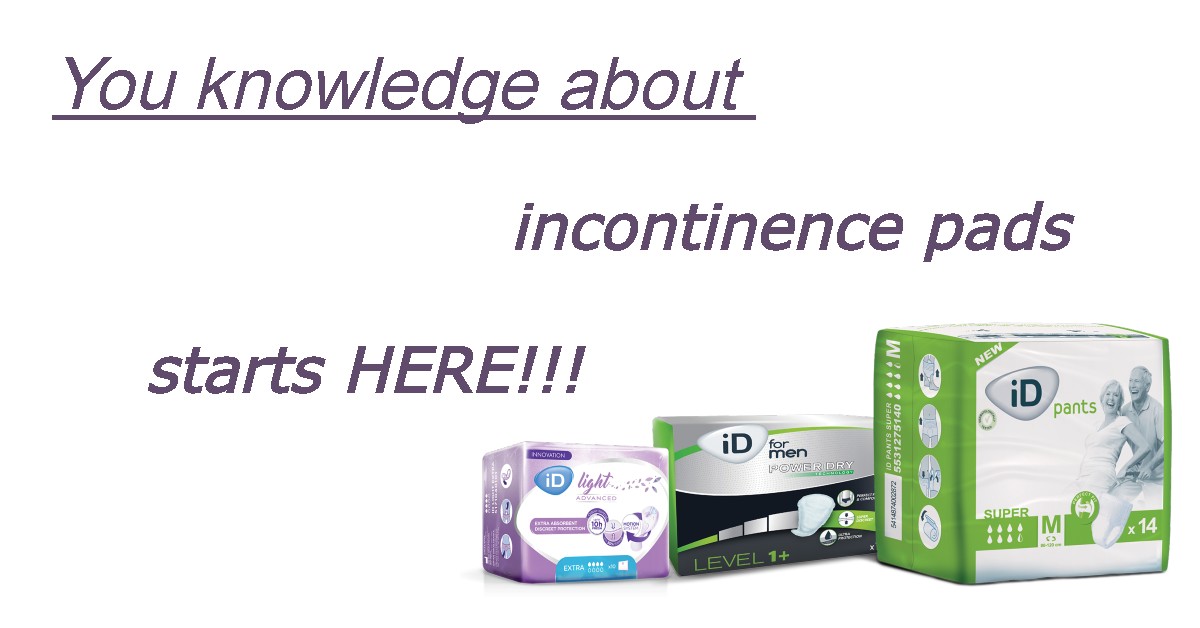Society is slowly removing the stigma
Let’s talk incontinence
“It’s an old people problem.” Yes, that is what most people think when you mention urinary incontinence. What they don’t know is how much more common it is than they think. Urinary incontinence affects both men and women, and is classified as temporary or chronic incontinence. Urinary incontinence can happen at any age, but women are more prone to incontinence that men. It is however more common in older women, due to hormonal changes when going through menopause. The statistics show that approximately 4 in 10 women over the age of 55 experience urinary incontinence.
There are various types of urinary incontinence though. Stress incontinence is when your bladder is under pressure when you, for example, cough, sneeze, or laugh. Then there is urge incontinence, when you have a sudden and intense urge to urinate, which results in leakage. Next we have overflow incontinence, which is a chronic urinary retention. This is when you are unable to fully empty your bladder, causing frequent leakage. Finally, we have total incontinence, which is mostly seen in the elderly. This is when you no longer have control over your bladder, and your bladder can no longer retain any urine at all.
What causes me to pee, but not on que?
There are a couple of reasons why you may experience urinal incontinence. One of the most common reasons is pregnancy and vaginal birth. During pregnancy the baby is constantly lying on top of your bladder, which makes you urinate more frequently. When giving natural birth, the pelvic floor muscles and urethral sphincter may weaken or become damaged. Other causes may be when there is an obstruction or blockage in your bladder, preventing it from emptying. You may also have a birth defect surrounding your bladder, a spinal injury may be the cause, or a fistula may form. Obesity can also often play a role in urinal incontinence.
What can I do?
Your first stop should be your doctor. They will be able to diagnose the cause of your urinal incontinence, and give you instructions, exercises, and sometimes medication. For more severe cases, surgery may be required. But let’s not get ahead of ourselves.

Your next stop will be your pharmacy or drugstore. Here you can find a wide array of incontinence pads to choose from. Of course you don’t want to go ahead and buy adult nappies, but you do need to know what to buy depending on how severe your urinal incontinence is. While you wait for a diagnosis, or while you are working on ways to lessen or fully control your urinal incontinence, you will definitely need to invest in incontinence products. From pads to pull-up pants, there are many options to choose from.
Whilst it may be tempting to simply grab some highly absorbent sanitary pads from the shelf, it is not recommended. Since sanitary pads are not designed for this purpose, it will most likely leak. The best is to talk to your doctor to receive some guidance on which products is best suited for you.
The difference between menstrual and incontinence pads
Menstrual pads have larger perforation holes to accommodate for thicker liquids, whilst incontinence pads have an added distribution layer that is designed to take on a large amount of liquid that is less viscous, such as urine. Because menstrual pads lack this added distribution layer, it cannot take on a large amount of liquid in a single burst, and will therefore leak. Another reason why a menstrual pad will leak is because incontinence pads are designed to hold a much larger amount of fluid. If you look at a maxi pad, it is designed to hold approximately 10ml of liquid.

In contrast to a maxi pad, a light incontinence pad is designed to hold approximately 236ml of liquid. A heavy incontinence pad is designed to hold as much as approximately 887ml of liquid. Do you now see why a standard menstrual maxi pad is a bad idea to use as an incontinence pad? When you go up to a maximum plus incontinence pad, which is normally in the form of pull-up pants, it can hold up to 1 litre of liquid.
If you only pass a couple of drops of urine when you sneeze or cough, then you can probably get away with using a panty liner. But for the most part it is advisable to wear a proper incontinence pad. Taking into consideration that the average adult bladder holds approximately 237ml of urine at a time, you certainly do not want that cough or sneeze to turn into wet pants. There are ultra-thin incontinence pads available for women though, which uses the technology of an incontinence pad.
What types of incontinence pads are there?
This section specifically caters to which incontinence pads there are for women. There are incontinence pads available for men that caters specifically for their anatomy, but for now we will look at the products available to women.
If you only have light or very infrequent urinal incontinence, then a light and thin incontinence pad might be the right fit for you. These are like panty liners, but with leakage barrier leg cuffs that helps to prevent leakage around the legs. It also has technology that helps with odour control.
The medium through to the maxi urinal incontinence pads are contoured to fit the shape of your body, and has leakage barrier leg cuffs to help prevent leakage around the legs. The pads are also longer for more protection.
When you have uncontrollable incontinence, then you would probably start looking at the pull-up pants and adult slips, which fits like underwear. Unfortunately, many people refer to these as adult nappies, but in doing so they embarrass people unnecessarily and create insecurity over something that they have no control over.
What about sensitive skin?
Urinal incontinence pads are hypoallergenic and super absorbent, as the urine needs to be led away from the skin as quickly as possible. If this does not happen, the warm and moist environment can promote bacteria growth, which in turn can lead to a myriad of problems such as thrush, bladder infections, and yeast infections. Urine is acidic, which means that your skin can develop a rash or infections if the incontinence pad is of inferior quality. Some people do however have very sensitive skin, and they can benefit from the use of incontinence barrier cream.
